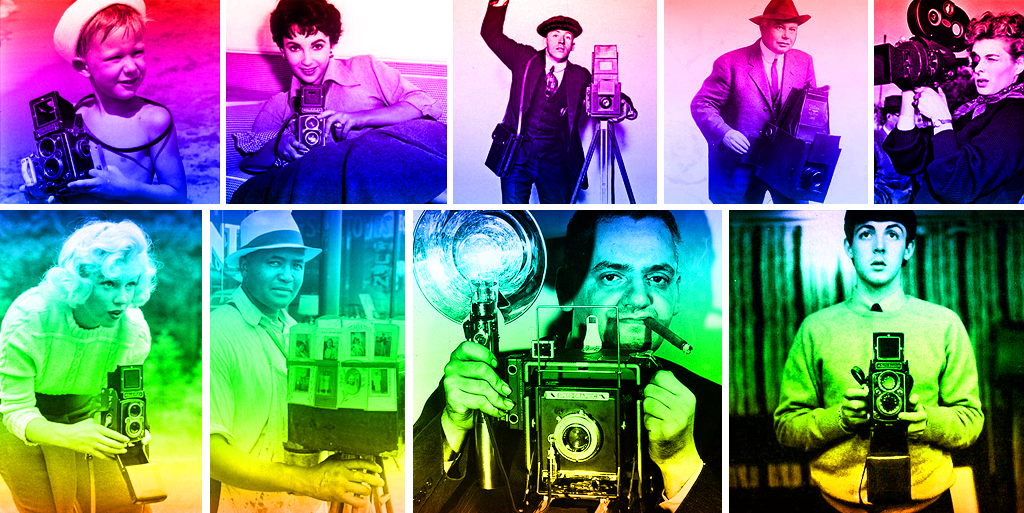
The latest Instagram update: An opportunity to rethink your content strategy
New algorithm. New content strategy. What’s up with Instagram and how to win at it.

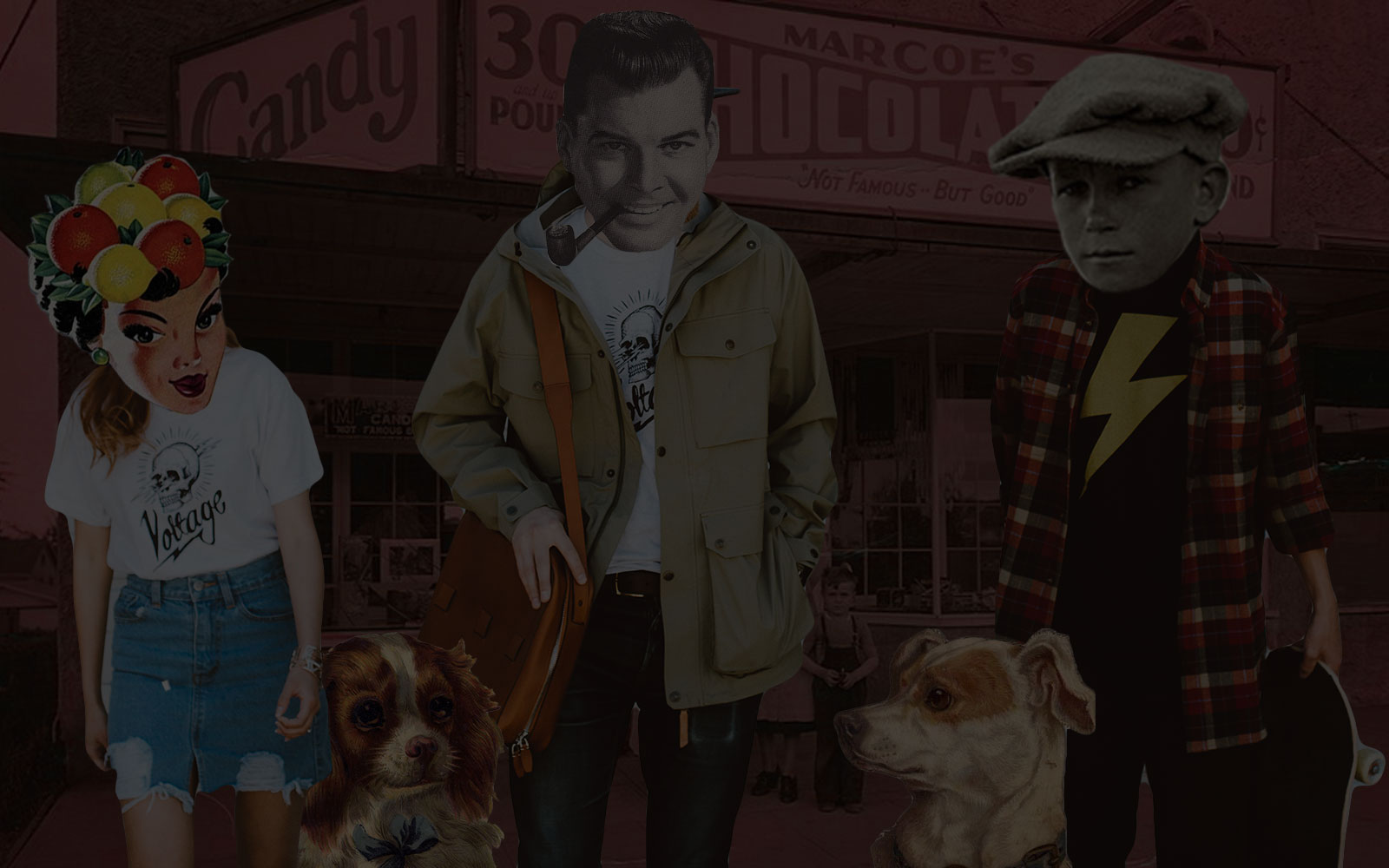
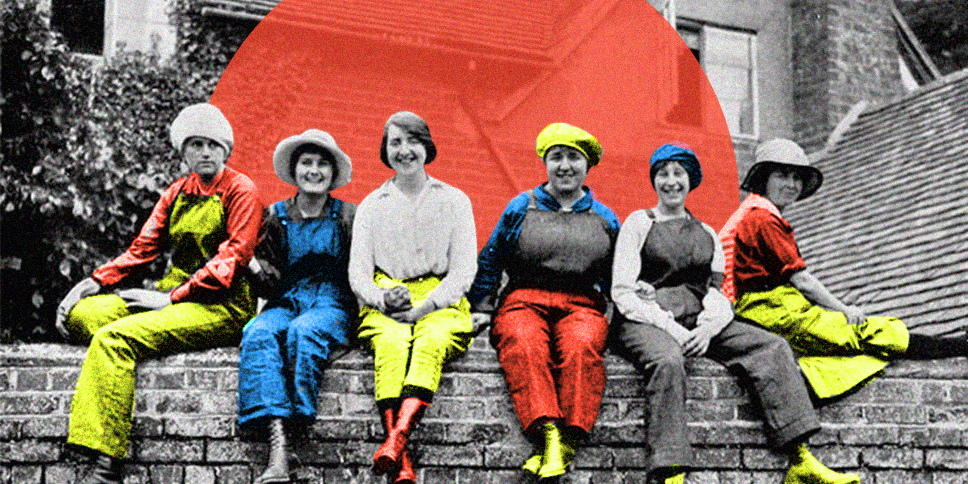
VOLTAGE Content Director Heather Mierzejewski interviews the Amsterdam-based, international-focused platform for innovation that focuses on innovators and helping them grow through connection to their corporate partners. The goal: To transform the current state of the fashion industry into a circular model. It’s all made possible through collaboration and community.
Heather Mierzejewski, Content Director at VOLTAGE opened up a line over the Atlantic to speak with Anne-Ro Klevant Groen, communications manager for Fashion for Good™ and Peter Stastny, the Fashion for Good-Plug and Play Accelerator Operations Manager about their mission of making all fashion good. We wanted to tap their insight into a circular apparel industry.
This interview is part of our Forces for Good blog series, where we highlight brands committed to innovation and sustainability in the fashion and apparel industry.
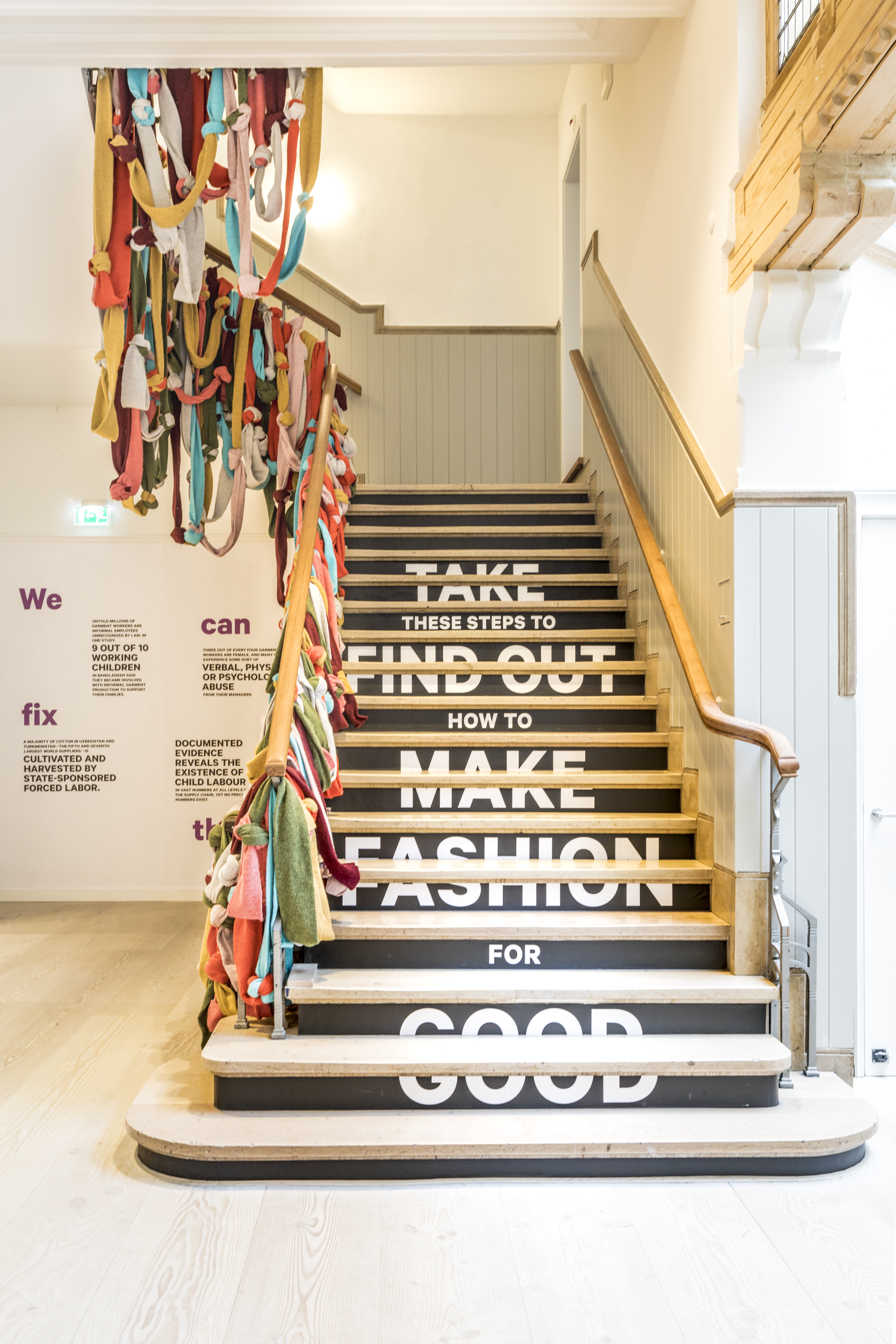
Heather: Tell me about Fashion for Good.
Anne-Ro: We are an international platform for fashion innovation made possible through collaboration and community, and our goal is to transform the fashion industry to a healthy or circular fashion industry, if you will. We do this with several programs and tools.
I want to hear about the programs in a minute – but first, tell me how did you guys got started.
Anne-Ro: We launched in March 2017 with an initial grant from the C&A Foundation. Our global platform is inspired by a framework from William McDonough of McDonough’s Innovation – he is also our co-founder.
We ask brands, producers, retailers, suppliers and innovators to join in our shared ambition. The C&A Foundation and William McDonough came about by saying,
“The fashion industry contributes to water pollution and climate change, sends enormous amounts of waste to landfills and threatens the health and safety of the people who make clothes and the people who wear them.
But it doesn’t have to be this way. Good fashion is not only possible, it is within reach – what the industry lacks are the resources, tools and incentives to put good fashion into relentless practice. We need to change that.
Fashion for Good will guide the sector with a robust definition of ‘good’ that every single part of fashion’s global supply chain can be inspired by and aspire to.”
That is why we believe in the power of innovation, practical action and cross-sector collaboration, to drive the transition to a circular fashion industry.
Tell me about the programs and tools you spoke about earlier.
Peter: Our Fashion for Good-Plug and Play Accelerator gives promising startups the expertise, mentoring, business development opportunities and access to funding they need in order to grow. We run it together with the Silicon Valley-based Plug and Play Tech Center. We run two batches of startups in the accelerator program per year – it’s a 12-week program where we help them and connect them, for example, to our corporate partners. Our corporate partners are adidas, C&A, Galeries Lafayette Group, Kering, Target and Zalando. So we bring our innovators to the corporate partners, coaches, mentors, experts and help them try to find funding. Together, we are championing the relevant, replicable and scalable innovations that will accelerate the transition to a sustaining fashion industry.
Anne-Ro: We also have a scaling program for startups who are already out of the proof-of-concept phase and further down the line. When they need to scale up, we have a dedicated team to offer them support and access to expertise or customers or capital. This is an 18-month program based on clear, jointly defined milestones on the company’s roadmap to scale.
No one player can change the industry on its own, so we collaborate with a wide network of subject matter experts and partner organisations to support the companies in our programme. As a result, innovators get the unique opportunity to connect to manufacturers, brands and investors capable of helping them fast-track the integration and implementation of their daring innovations.
No one player can change the industry on its own.
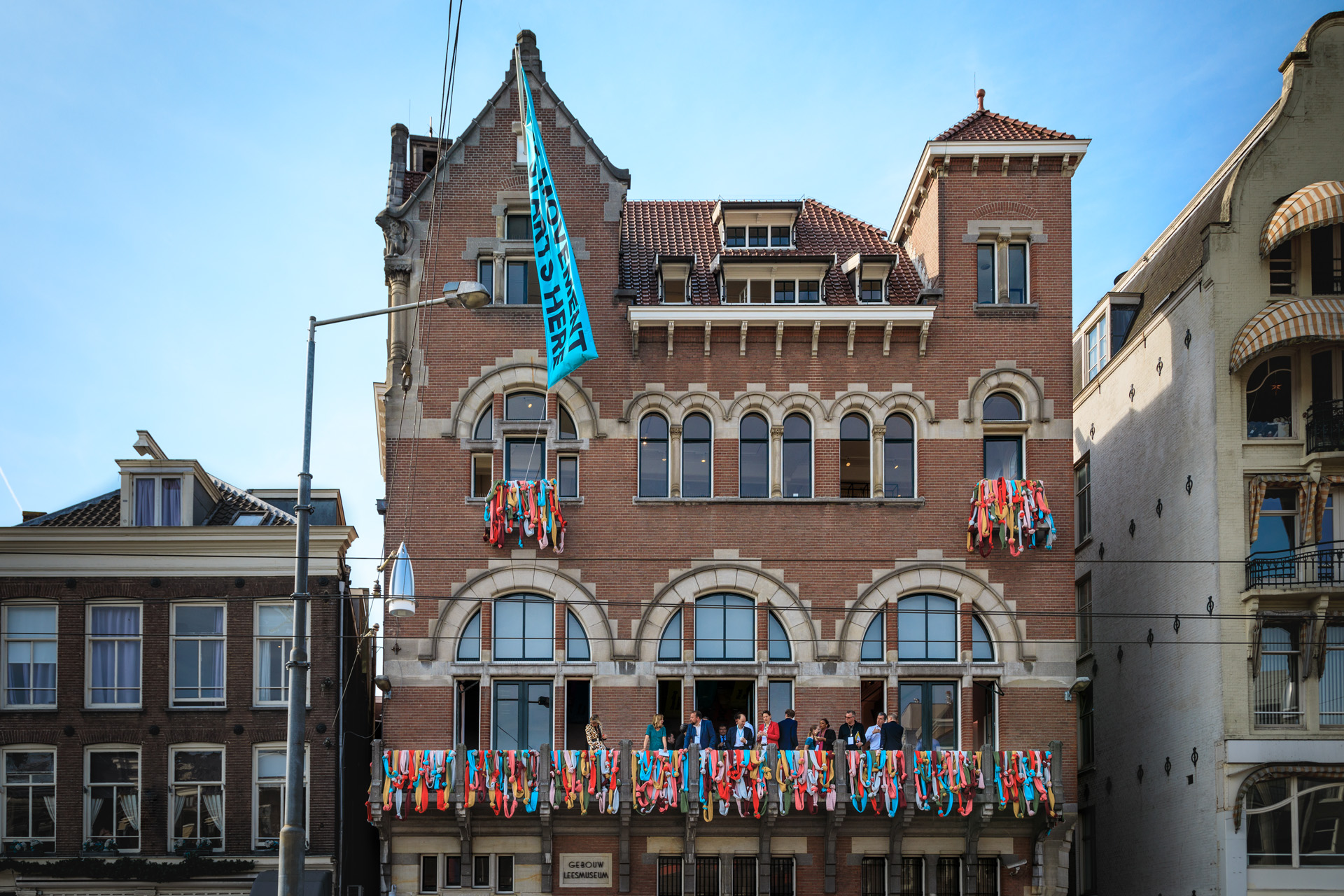
Any other aspects of Fashion for Good you want to mention?
Anne-Ro: We also act as a convener for change, which means we have the Circular Apparel Community here, which is a coworking space. It’s part of our hub in Amsterdam, in our building, where we have like-minded organizations or freelancers.
We try to really build a community here for corporate partners of ours, for brands that come over to Amsterdam to learn about innovation, fashion and sustainability, and also to be a one-stop-shop where people can have a conversation with Sustainable Apparel Coalition, ZDHC, IDH or even students we have here. We believe everybody – whatever generation – everybody – needs to be part of this. It’s a super inspiring community. Everyone really tries to influence one another and work together, which is really nice.
Next to the community we also developed a practical tool, our open-source Good Fashion Guide that helps brands begin their journey toward better manufacturing practices – basically, to scale more sustainable production methods. We’ve written out the whole process of creating Cradle-to-Cradle™-certified T-shirts so you can do this in a super sustainable way, and we publish it on our website for free so it’s open to anyone. It also shows the industry that it’s something we need to do together, so let’s learn from each other and help each other.
You also do things with experiences and events, right? Can you tell me about what those look like?
Yes, the final element of acting as convener for change is our Fashion for Good Experience, which is situated in our building. It’s a three-floor experience for visitors – for tourists, for people who are interested in sustainability in fashion and innovation, anyone really – and we try to make it a positive experience for people. We want to educate them, to motivate them, inspire them to become a part of our movement.
We also host events here. Sometimes we do a fashion talk show – the last edition we did was how to campaign for change. How can you make a change on your own? How can you make a change with a group? So we really try to inspire the visitors or consumers as well. We also organize vintage clothing sales, we have events where people can meet the startups from our Fashion for Good accelerator program – they can ask them questions and learn from them. It’s very interactive, positive and inspiring.
We really hope to do more of what we do now in our building. We will still do events, talk shows, panel discussions or movie screenings. A few weeks ago, we did the European movie premier Made in Sri Lanka together with Remake. We’re really trying to get the conversation going and learn from everyone who comes to our space.
As a sneak preview into Denver, we will be reopening this Experience and turning it into a very interactive, immersive museum. We’re actually currently working on the contents, which is really exciting and it will become a very personalized journey for people to learn about the history of sustainable fashion and innovation. It’s an interactive, playful, positive way of getting to know us and what people can do to make fashion a force for good. We open in October.
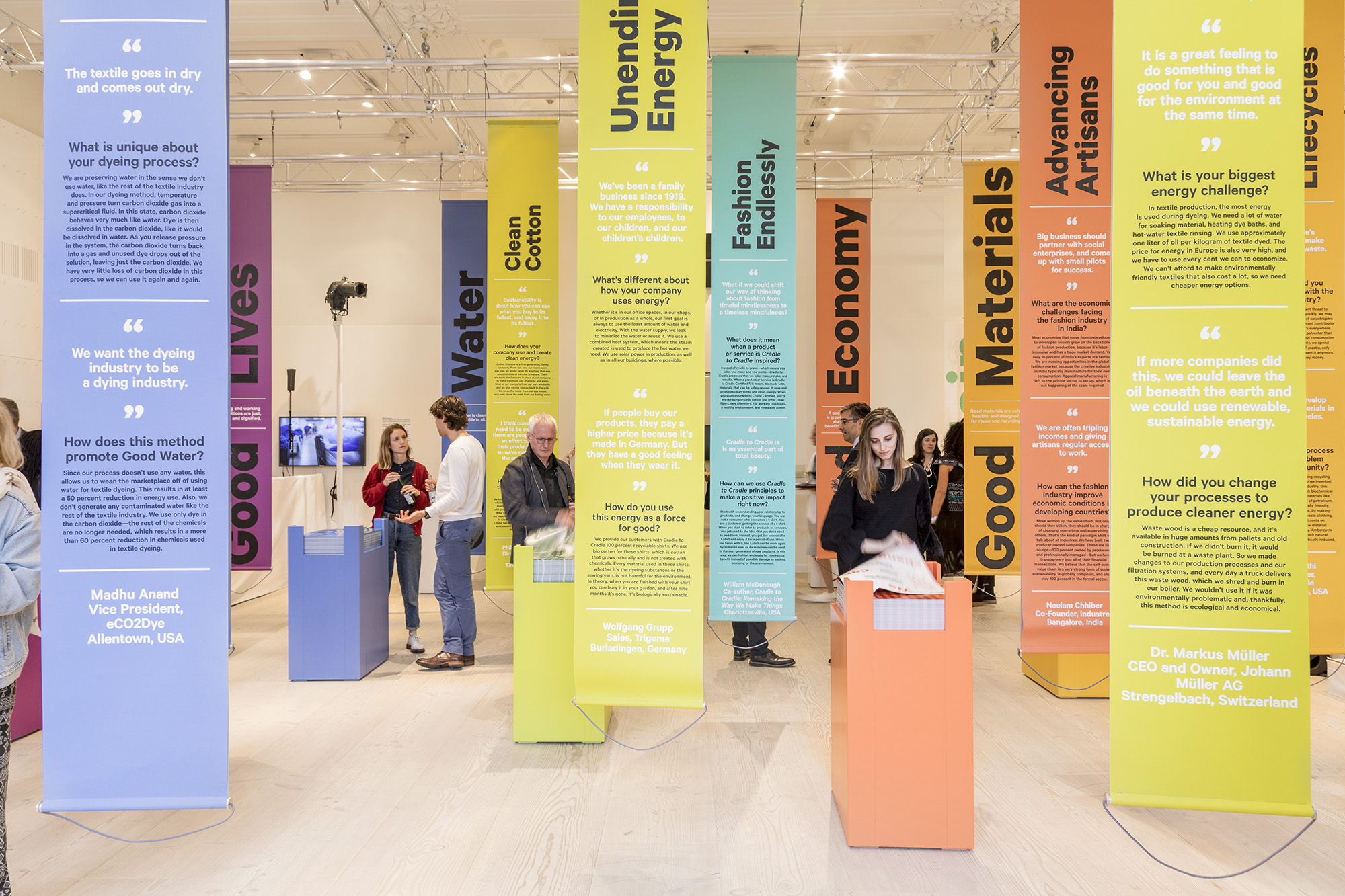
Photo credit: Christian Patic
So when you talk about innovation, your accelerator, what kind of innovation are you talking about? Can you give me some examples?
Anne-Ro: Our accelerator program is currently on our third batch of startups, and this batch is actually bigger than the two previous batches with 15 startups instead of 10.
An example would be BioGlitz, which is a biodegradable glitter. We also have AlgiKnit, which produces textile fibers from kelp, like seaweed – it’s biodegradable niche wear, basically. It’s really cool. We also have Good On You, which is an app helping consumers to shop in a more conscious way. We work with Orange Fiber, which makes fabric by extracting the cellulose fiber from citrus fruits.
We try to always look for different verticals, as we call them – brands innovating with raw materials, dyeing, finishing, cut, trim and end use. We also look at new business models and blockchain technology for better traceability. As we see it, these are the most impactful areas of the fashion value chain.
So these different products, these technologies, are in your accelerator and then you pair them with brands and they get used right away is the ideal situation?
Anne-Ro: We help them connect to partners, networks, venture capital investors, coaches, trainings, workshops. And we help them develop an innovation proof of concept and fully-developed business plan.
Peter, can you tell me about the process, if a brand or as a startup came to you and had a good idea, what would the process be like to go through your accelerator?
Peter: We source our startups all year around. We have a team of venture analysts who are scouting and calling potential startups from all over the world. Then we will have a list of, let’s say, 100 startups. We shorten this list of 100 startups to the top 50 and take them to our corporate partners. We invite the corporate partners for the “selection workshop” during which they discuss and evaluate those top 50 startups and narrow it down to the top 25. These top 25 are invited to our selection day where they pitch in front of our corporate partners and our professional team. From these 25, they select 10 to 15 startups to ultimately participate in the program.
Anne-Ro: Brands can always check our channels and see what all the other startups out there are doing. If you’re based in Amsterdam, come to a startup night and see what it entails, find out what everybody’s up to. You can sign up for our newsletter on the website so we can get to know you, or you can follow us on social media and stay up to date with all of our events and activities.
Are these startups from all over the world or primarily from Amsterdam?
Anne-Ro: They’re literally from all over the world. From Australia to the US. Everywhere.
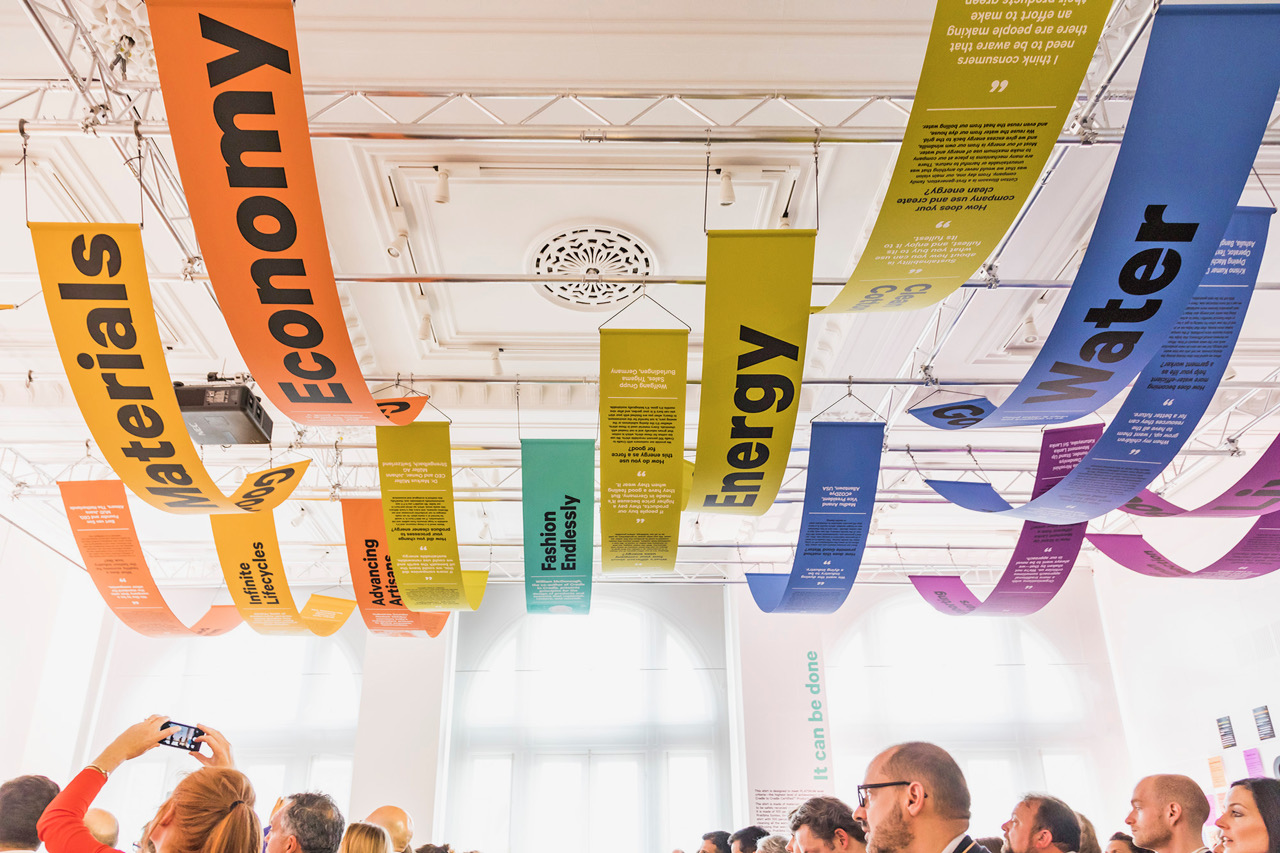
Photo credit: Christian Patic
That’s great. Peter, as Fashion for Good-Plug and Play Accelerator Operations Manager, can you take us a little more in-depth on how the accelerator program process works?
Peter: We organize two programs per year, and each program lasts three months, so 12 weeks in total. There is no exception to this. We break down these three months into five “focus weeks.” Within these focus weeks, that’s when we run the program, because it would be quite resource-heavy for startups to relocate to Amsterdam. So they fly in and fly out as most of them are international. In those condensed focus weeks we have many mentoring sessions – we mentor them on business models, finance, fundraising, legal, IP and patents. We also organize events over each focus week, so we do meet-ups, and we bring our startups to participate in external events.
The most important part – the selling point of the Fashion for Good-Plug and Play program for startups – is that we run it together with corporate partners. Each of them meet with every startup, one-on-one, and discuss business development opportunities. For example, what a startup’s innovation brings to the table, and how it can be implemented into the supply chain.
Once you have the startups in your accelerator, what percentage are successful and end up having their products go to market?
Peter: That’s a really good question. We are stage-agnostic by default, so some startups may already have products on the market.
Others are in the prototype phase. Some of them get piloted with corporate partners, which is one of the main objectives of the program. From the last program, last fall, we had nine startups. And I am aware of four that got piloted.
What has been the favorite startup that you’ve worked with? What’s your favorite product that came out of the program?
Peter: To be really honest, they are all equally favorite to me so I can’t really answer.
It’s the whole industry that needs to change.
So what do you think some of the biggest problems with the fashion industry in terms of sustainability are?
Anne-Ro: I really don’t think there’s one answer, it’s the whole industry that needs to change. For now, we’re really trying to look for innovations – how to make change happen. It’s not just one problem, which is the exact same reason why we are focusing on those different verticals. We look at the most impactful areas of the fashion value chain, and we try to help those within those verticals. I think through collaboration with a network, with experts and partners, we really try to create a unique opportunity to connect everyone, to help them and fast track the integration of their innovations or technologies.
What can consumers do to help make the fashion and apparel industry more sustainable?
Anne-Ro: To become part of our movement would be great. We’re based in Amsterdam with an international platform, so we have newsletters and we do events. You can join the movement by being active on social media, for example, and of course come and visit our space.
You can also wash your clothing differently, mend your clothing, buy vintage, buy less and check the label. There are so many things to do. It would be great if you will become a part of our movement to help get the message across and tell their friends and family about us.
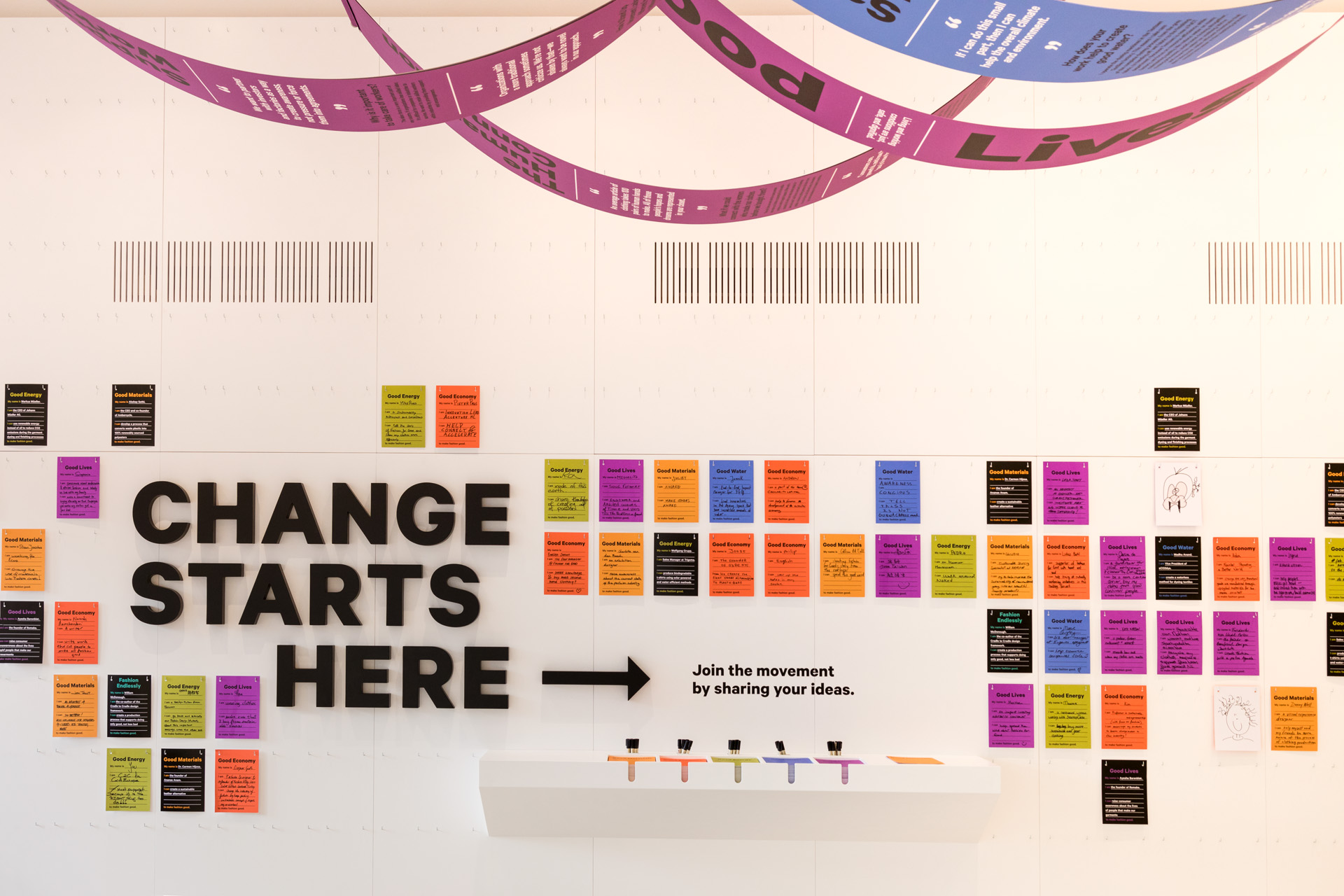
Learn more about how Fashion for Good is accelerating positive impact >
VOLTAGE is a digital agency specializing in eCommerce, digital brand experiences, and web apps. Get emails and insights from our team:

New algorithm. New content strategy. What’s up with Instagram and how to win at it.
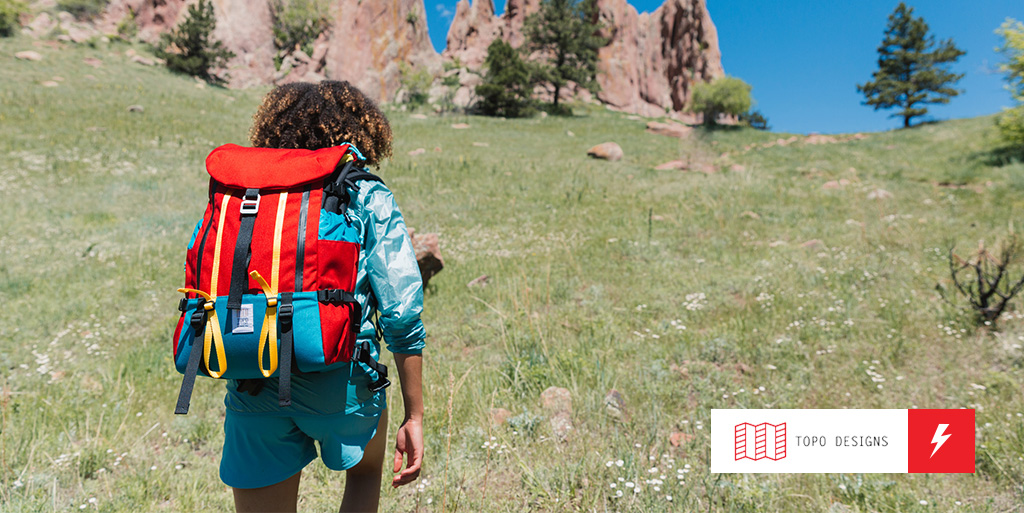
Eric runs some burning questions by the co-founder of the wildly popular, made-for-the-wilds bags, packs and apparel brand.